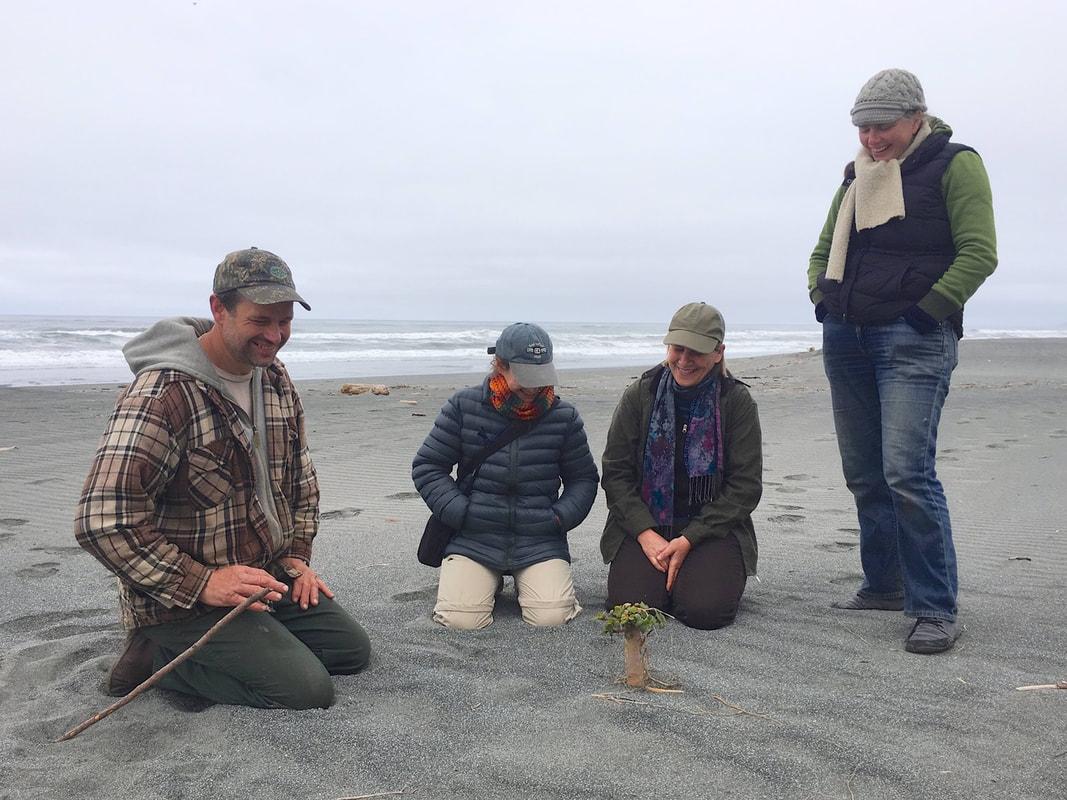 While out tracking on the beach, we found a plant that had the sand around it washed away exposing a portion of it's massive tap root
While out tracking on the beach, we found a plant that had the sand around it washed away exposing a portion of it's massive tap root Spring Bear Trailing.
Well, spring has sprung, and with it, so have the bear. Redwood Coast Animal Tracking has just finished up our spring bear trailing workshops. We had two over the last couple weekends, and what fun it was! Both classes had folks wanting to learn about black bear ecology and get some real hard time experience following bears through the woods. And we did. In Humboldt county, in the lower elevations where there’s little or no snow, the bears do what I might call a hybrid hibernation. When the weather is cold, they’ll sleep. Sometimes for weeks. When it get’s warmer, a bear might wake up, get out of its bed, and travel around a bit in search of food, only to go back into a bed for another week or two or more of hibernation.
In coastal Humboldt county, the vegetation is in full explosion now and the bear have plenty of grasses and succulent plants to eat. They’re moving about the landscape in a constant search of food and increasingly,as we approach summer, mates.
All this adds up to the perfect time and place to track and trail bears. It’s a wonderful window, as the landscape isn’t inundated with bear sign, but there’s plenty of movement and animals to follow. As the season progresses towards summer, there gets to be so much sign that it is hard to sort out what’s fresh and what’s older, making it really difficult to get on the trail of one animal and stay on it until you (hopefully) see it. So, this is ‘money time’ so to speak.
We had numerous trails to follow. Some difficult, some easy, and some impossible. But I feel that the over all experience was good. There was so much bear sign and ecological information to see that we were hardly bored. Add to this a plethora of other animal sign and tracks and you get a rich and full experience of interacting with mother nature. And we did.
We were lucky enough to share our campground with a herd of wild Roosevelt Elk. The Roosevelt are the largest of the elk species and native to Northern California.
I want to thank the wonderful participants for a great time, great company, great food, and lots of laughs and learning. Thanks Ann, Jason, Justin, Kat, Curt, Suzanna, and Lisa. Also, a big shout out to Preston Taylor for his help and expertise! And last but certainly not the least, thanks to the wild and wonderful black bear teachers!
We had numerous trails to follow. Some difficult, some easy, and some impossible. But I feel that the over all experience was good. There was so much bear sign and ecological information to see that we were hardly bored. Add to this a plethora of other animal sign and tracks and you get a rich and full experience of interacting with mother nature. And we did.
We were lucky enough to share our campground with a herd of wild Roosevelt Elk. The Roosevelt are the largest of the elk species and native to Northern California.
I want to thank the wonderful participants for a great time, great company, great food, and lots of laughs and learning. Thanks Ann, Jason, Justin, Kat, Curt, Suzanna, and Lisa. Also, a big shout out to Preston Taylor for his help and expertise! And last but certainly not the least, thanks to the wild and wonderful black bear teachers!
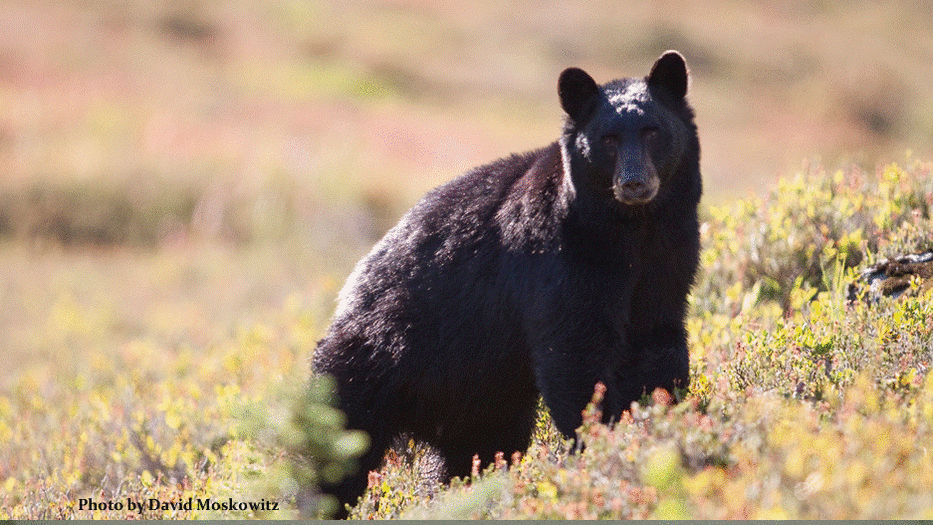
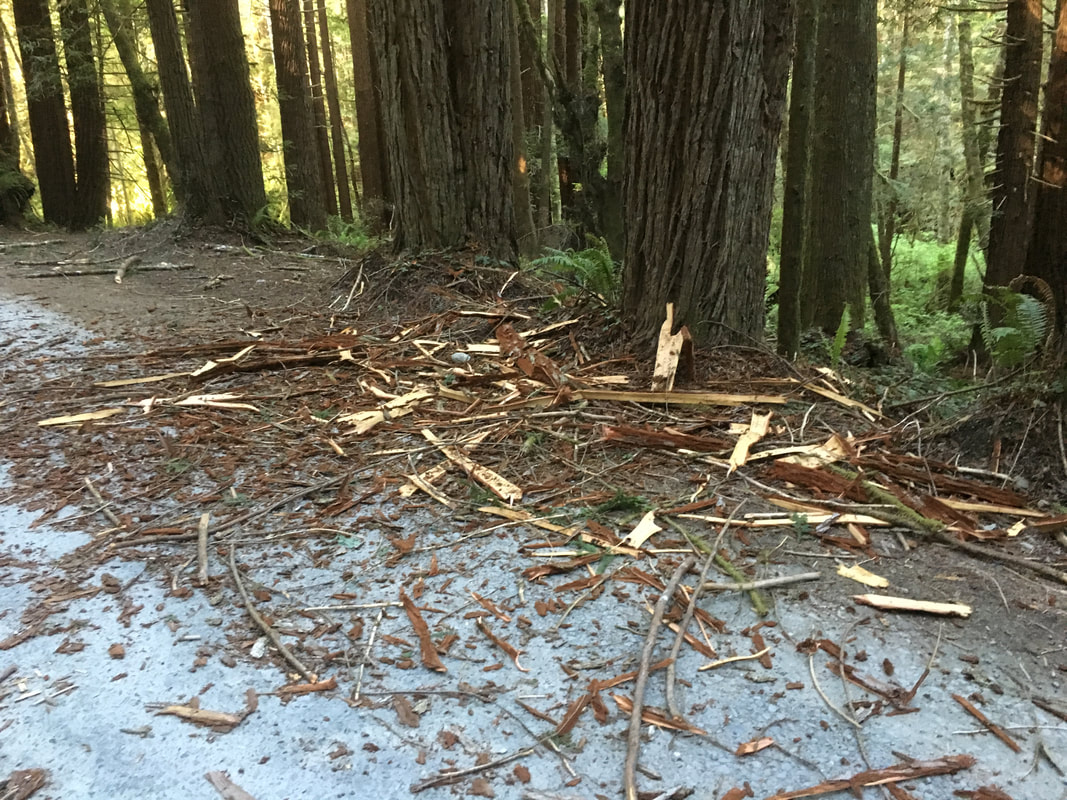
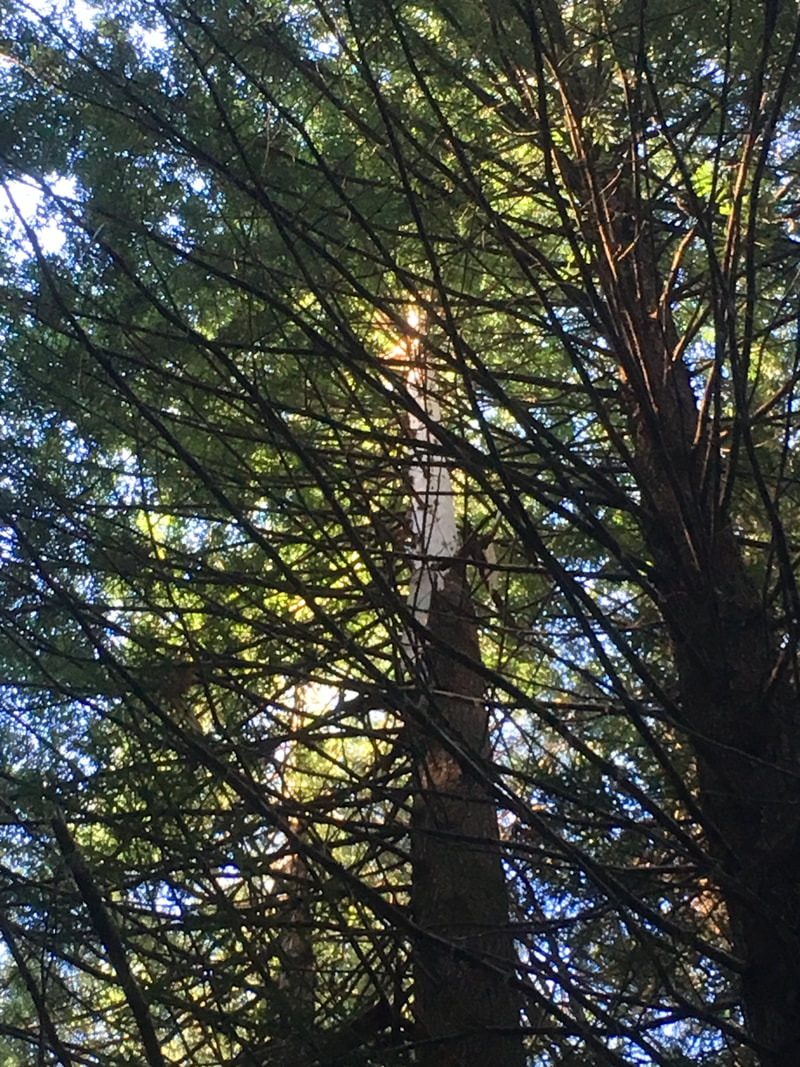
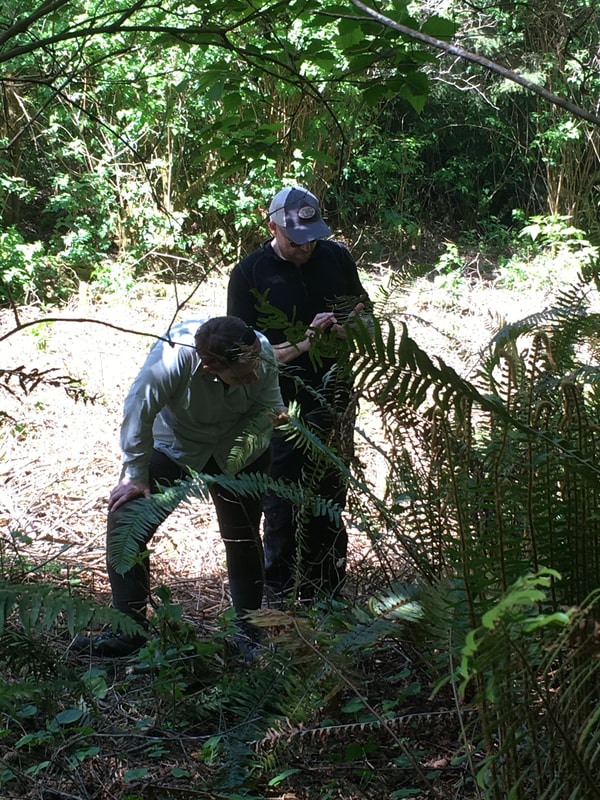
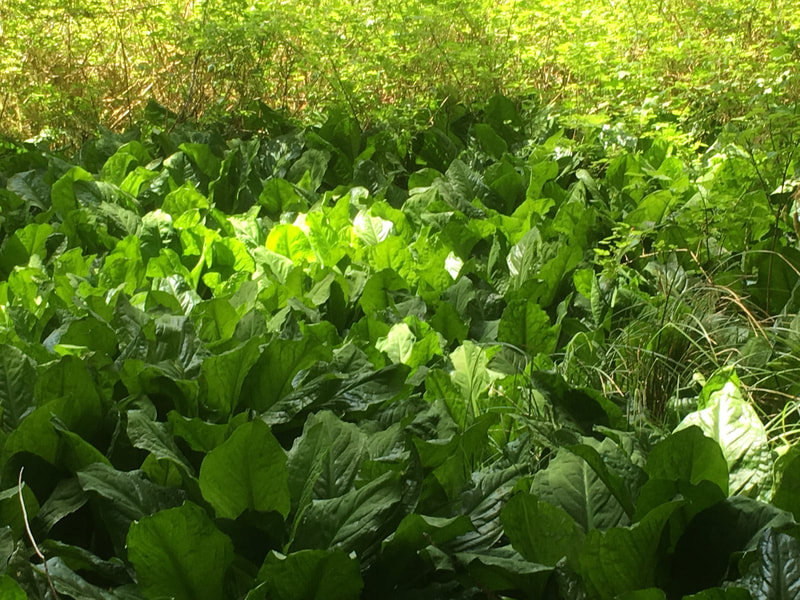
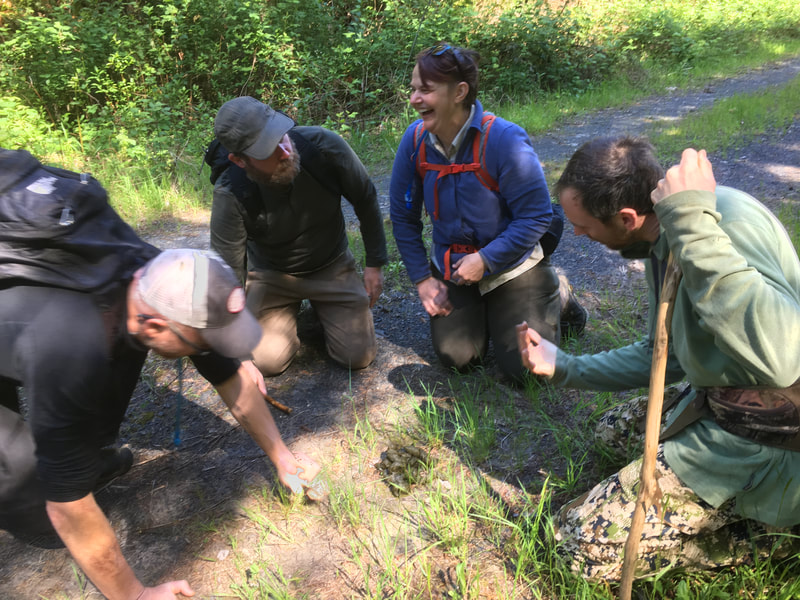
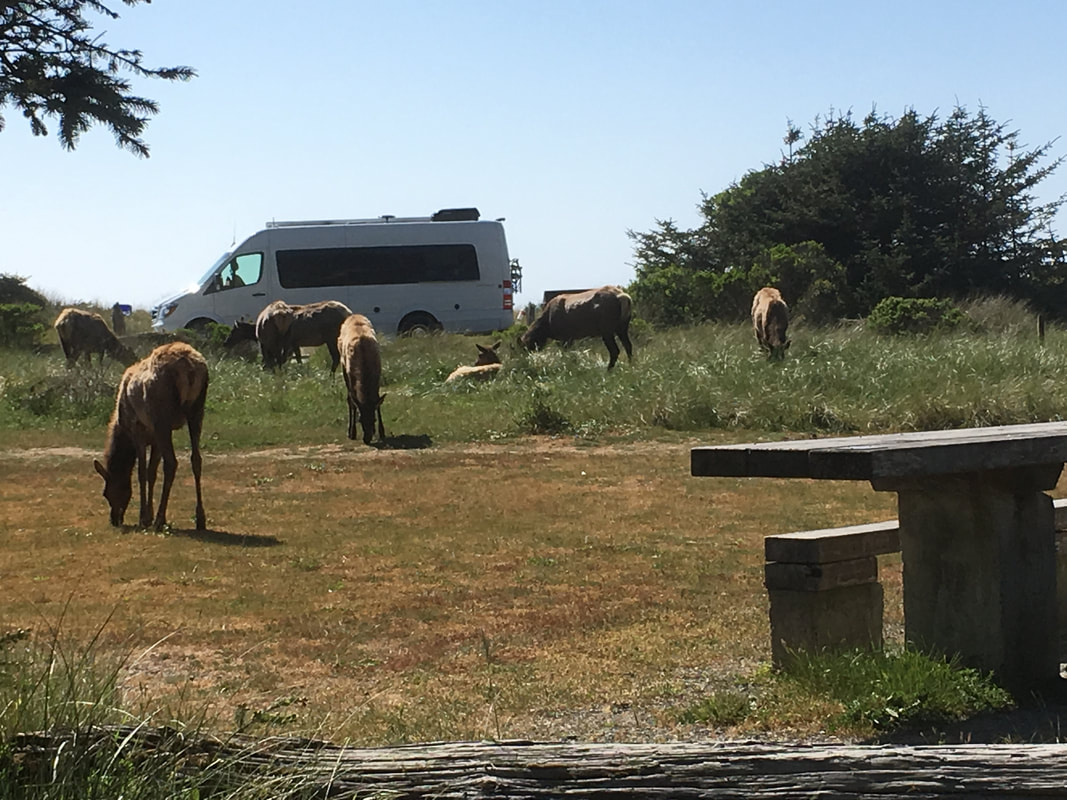
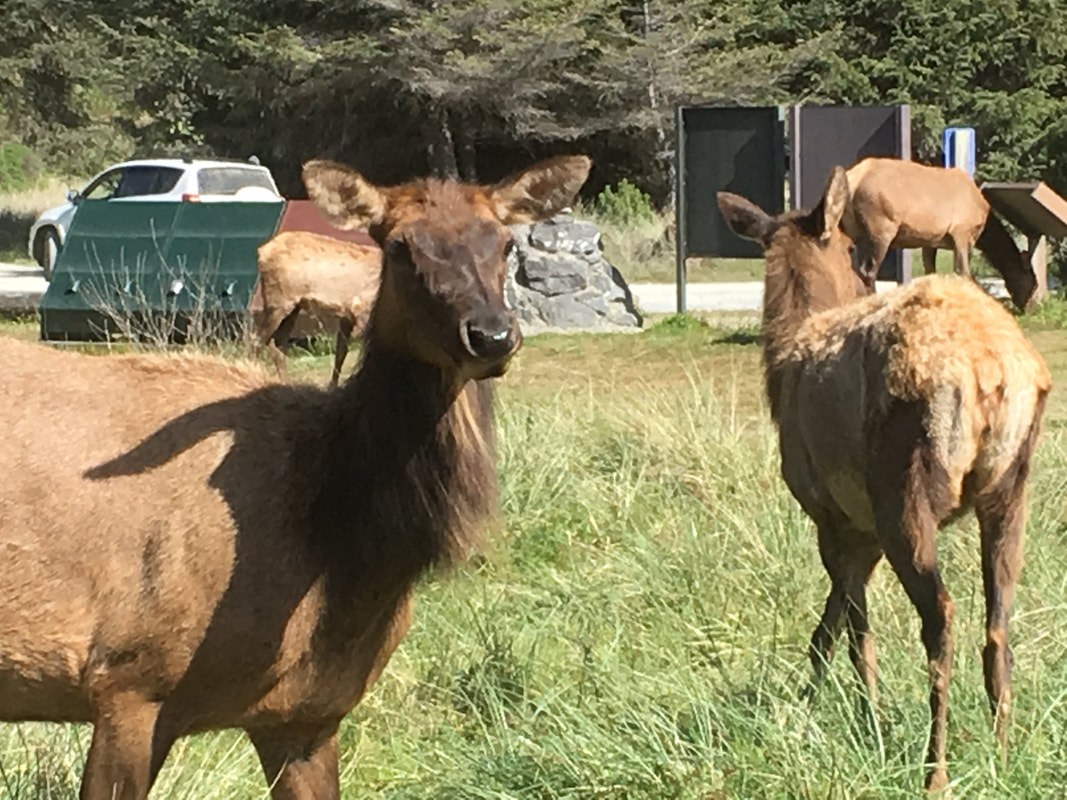

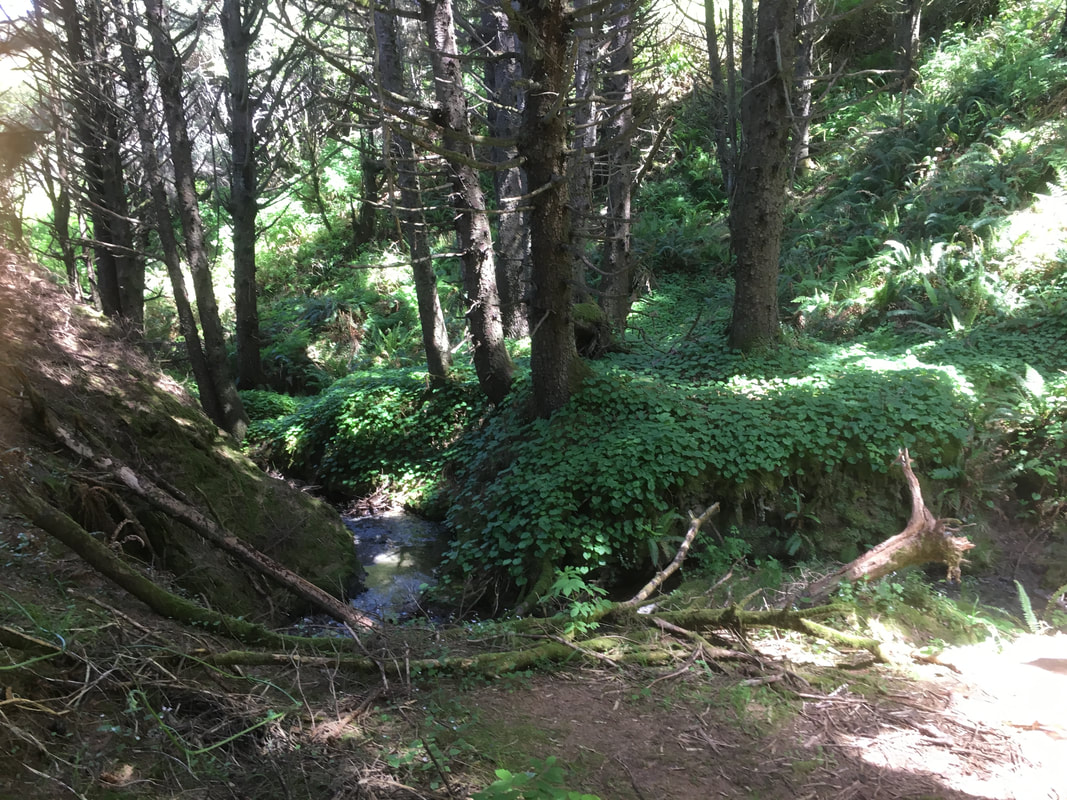
 RSS Feed
RSS Feed